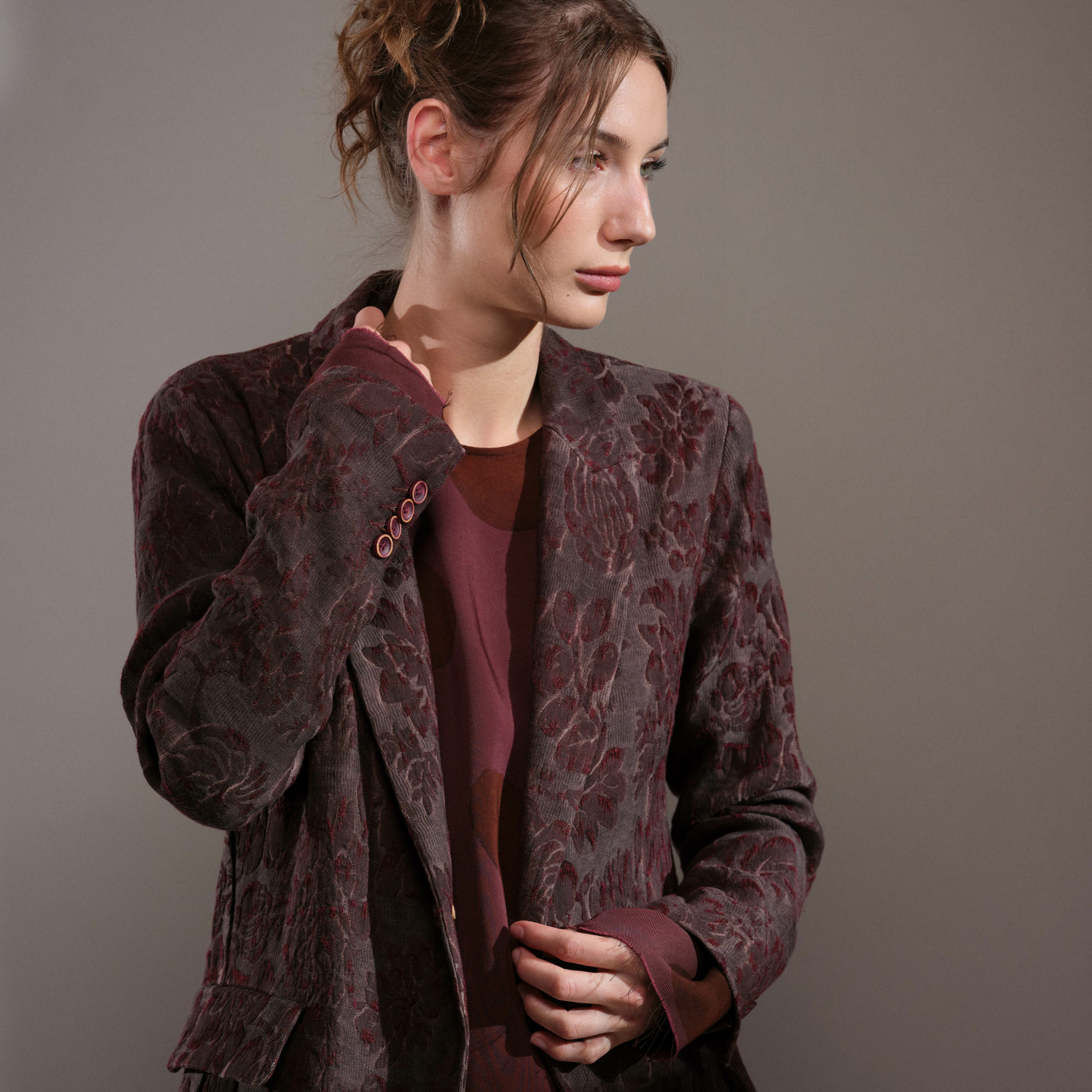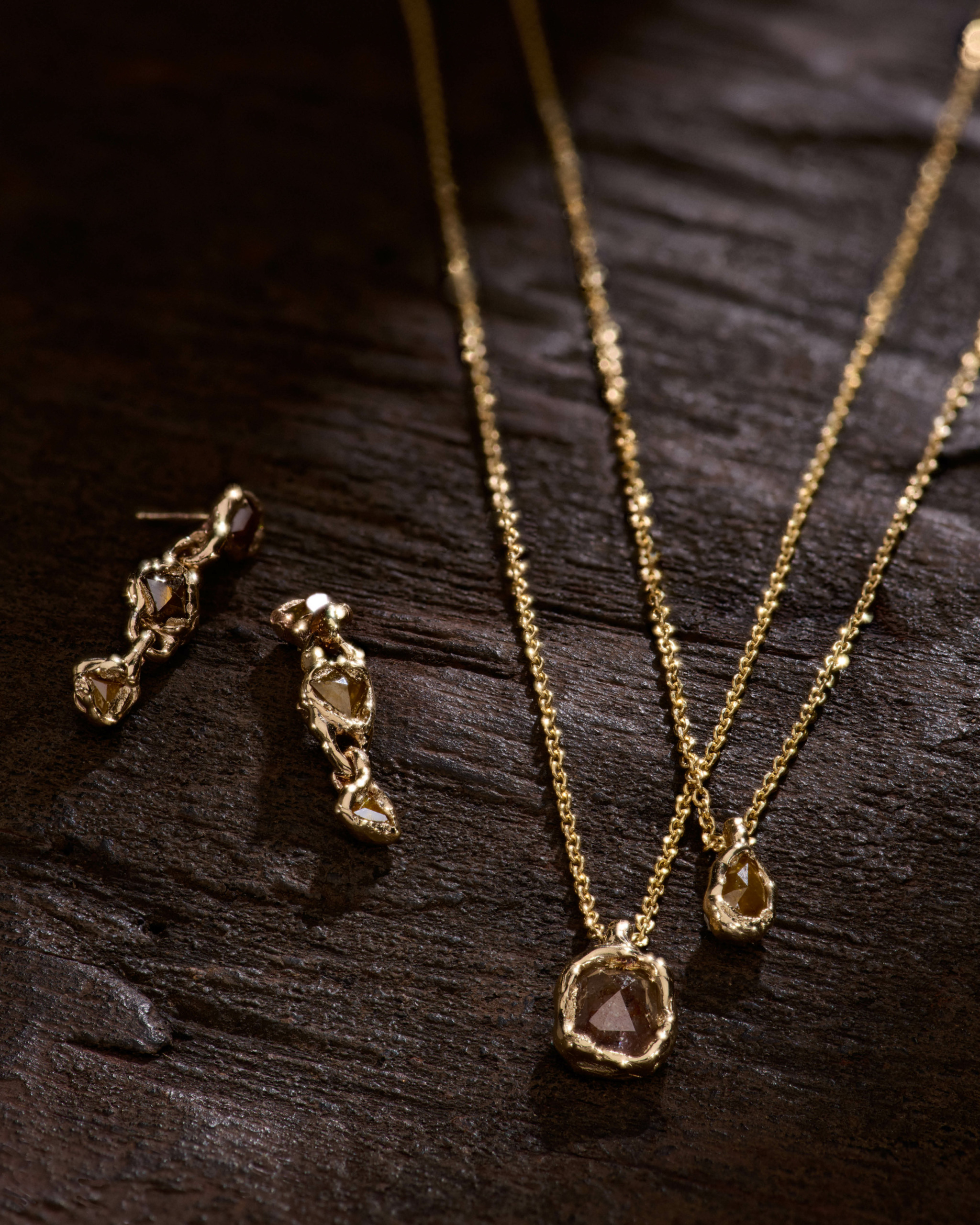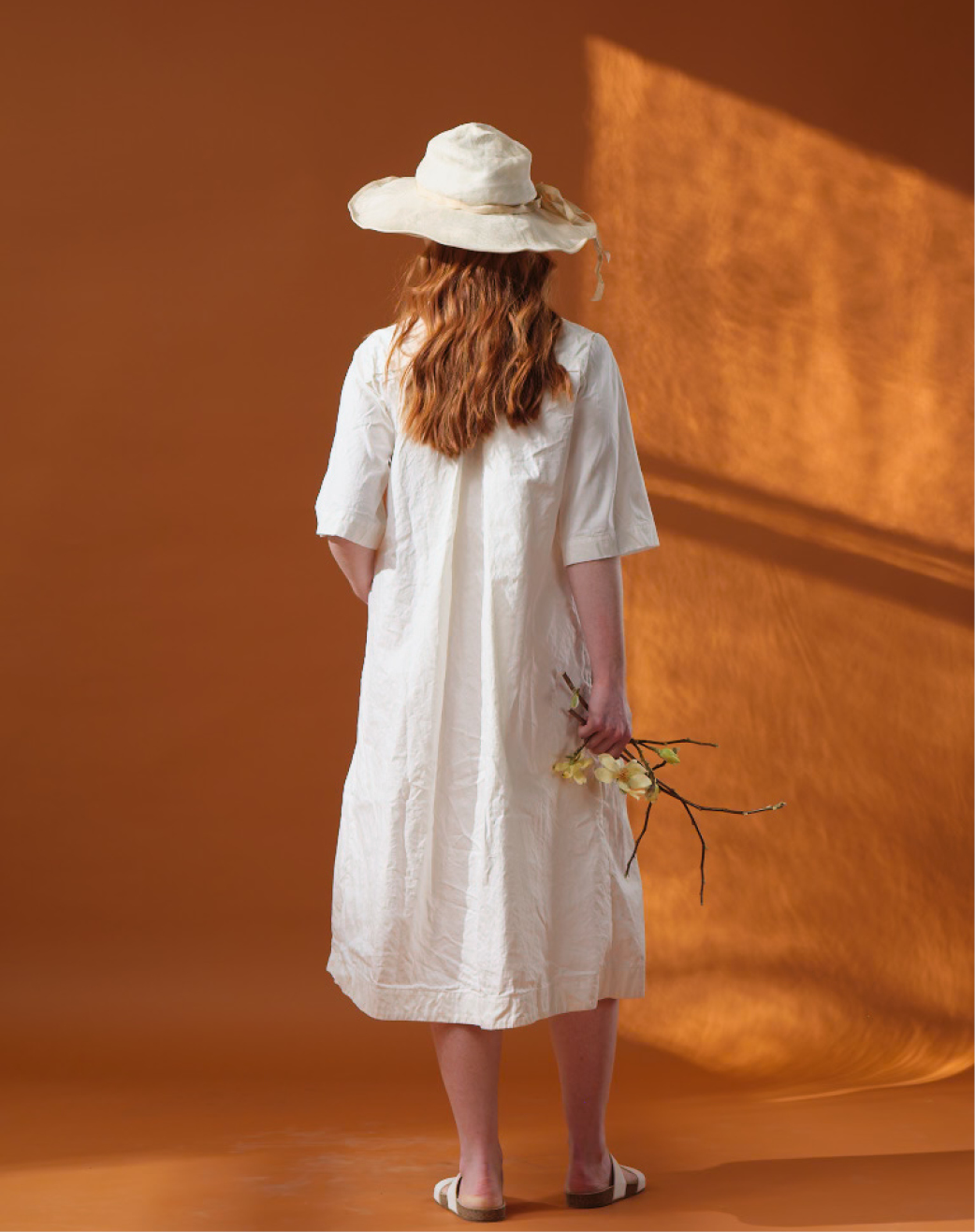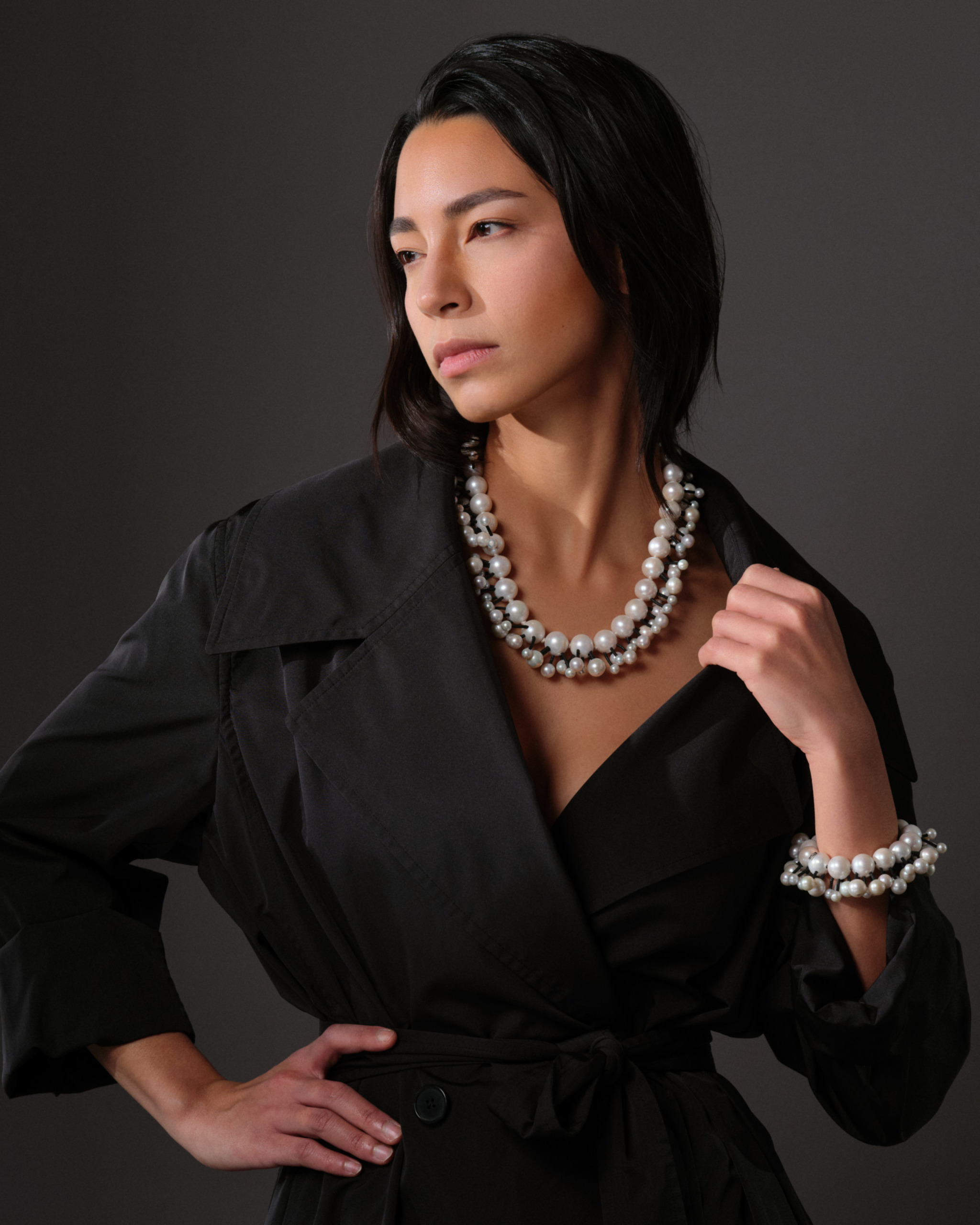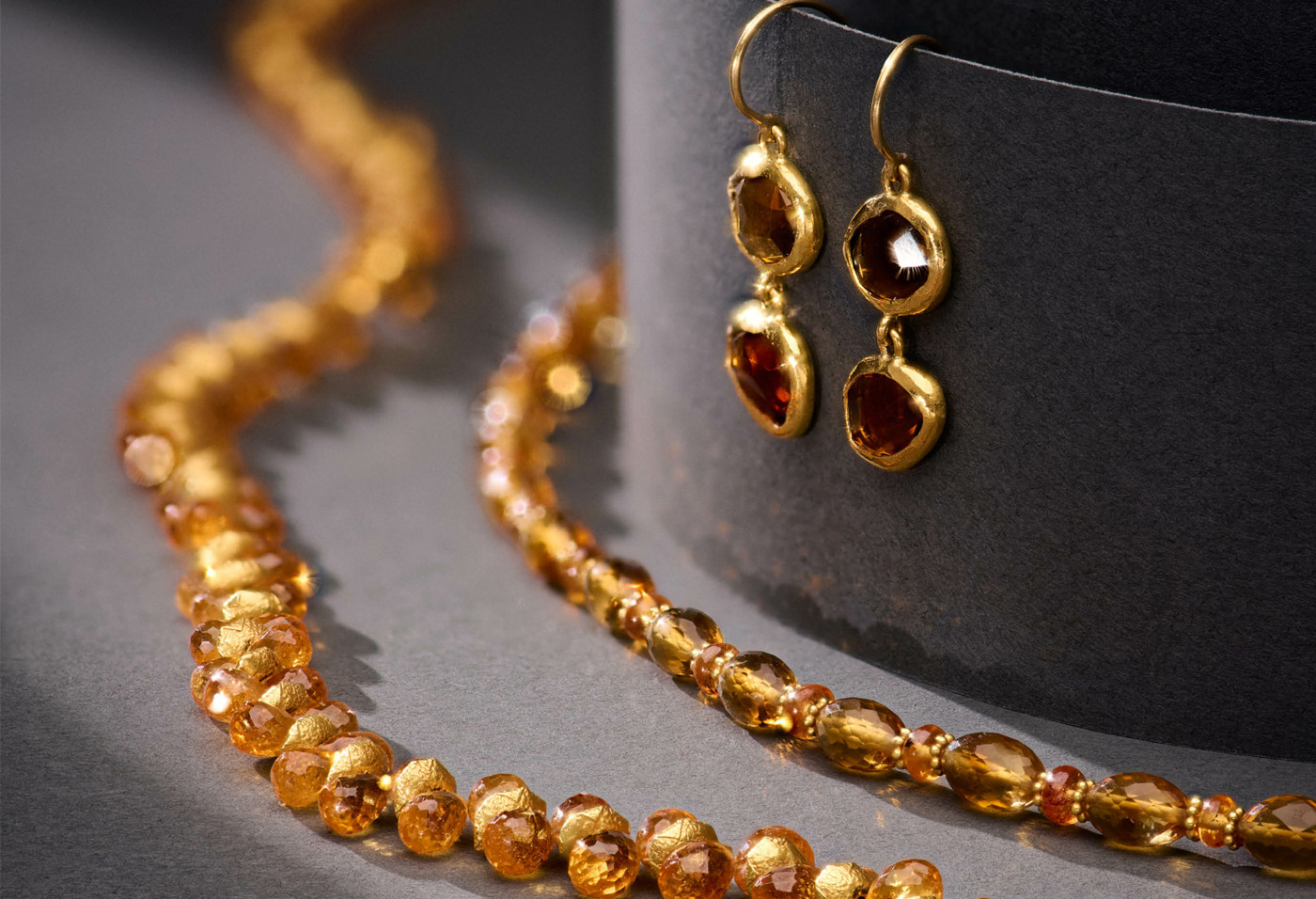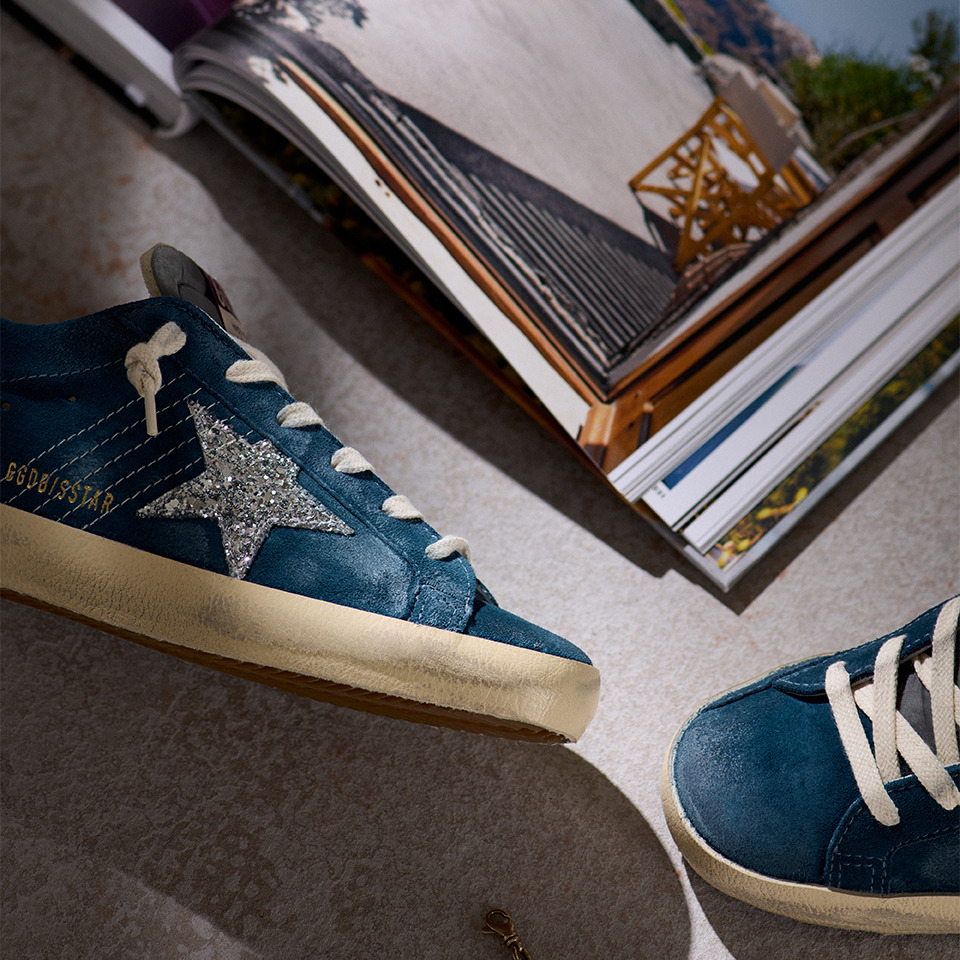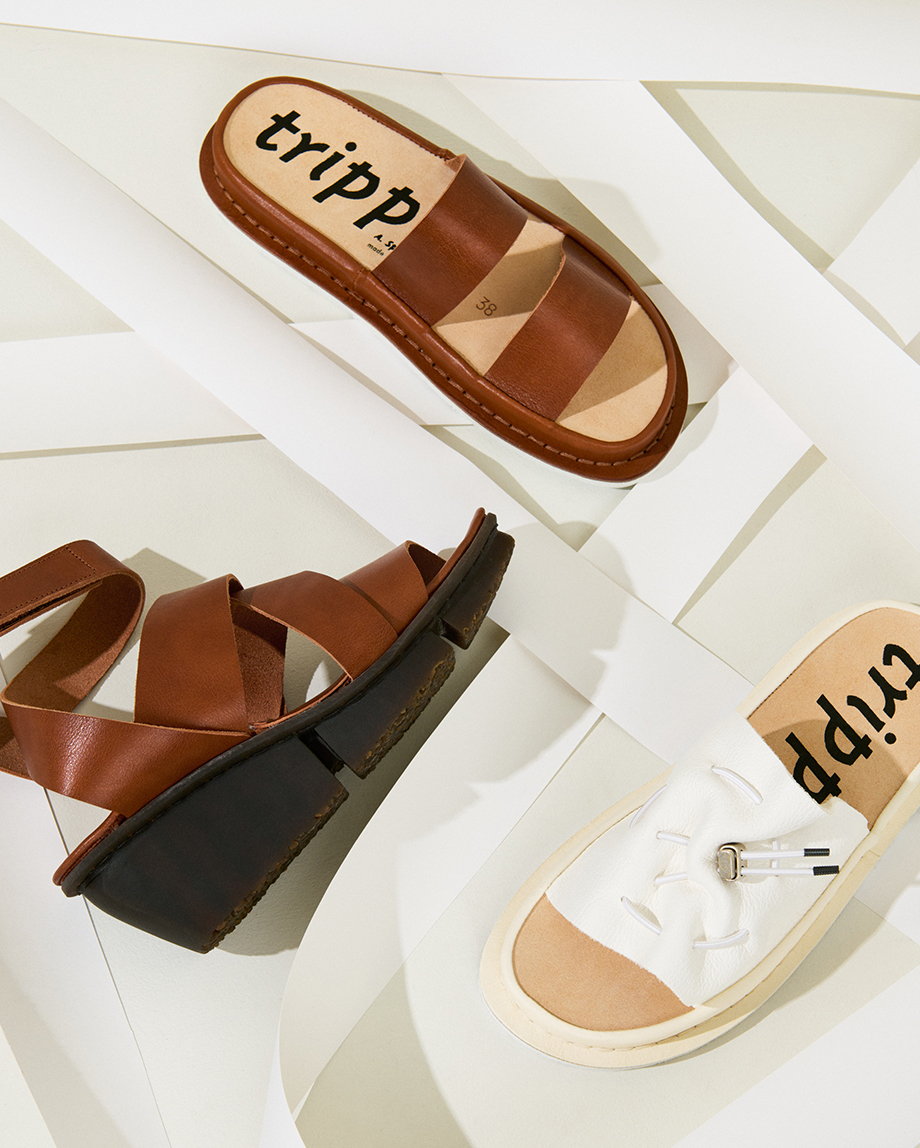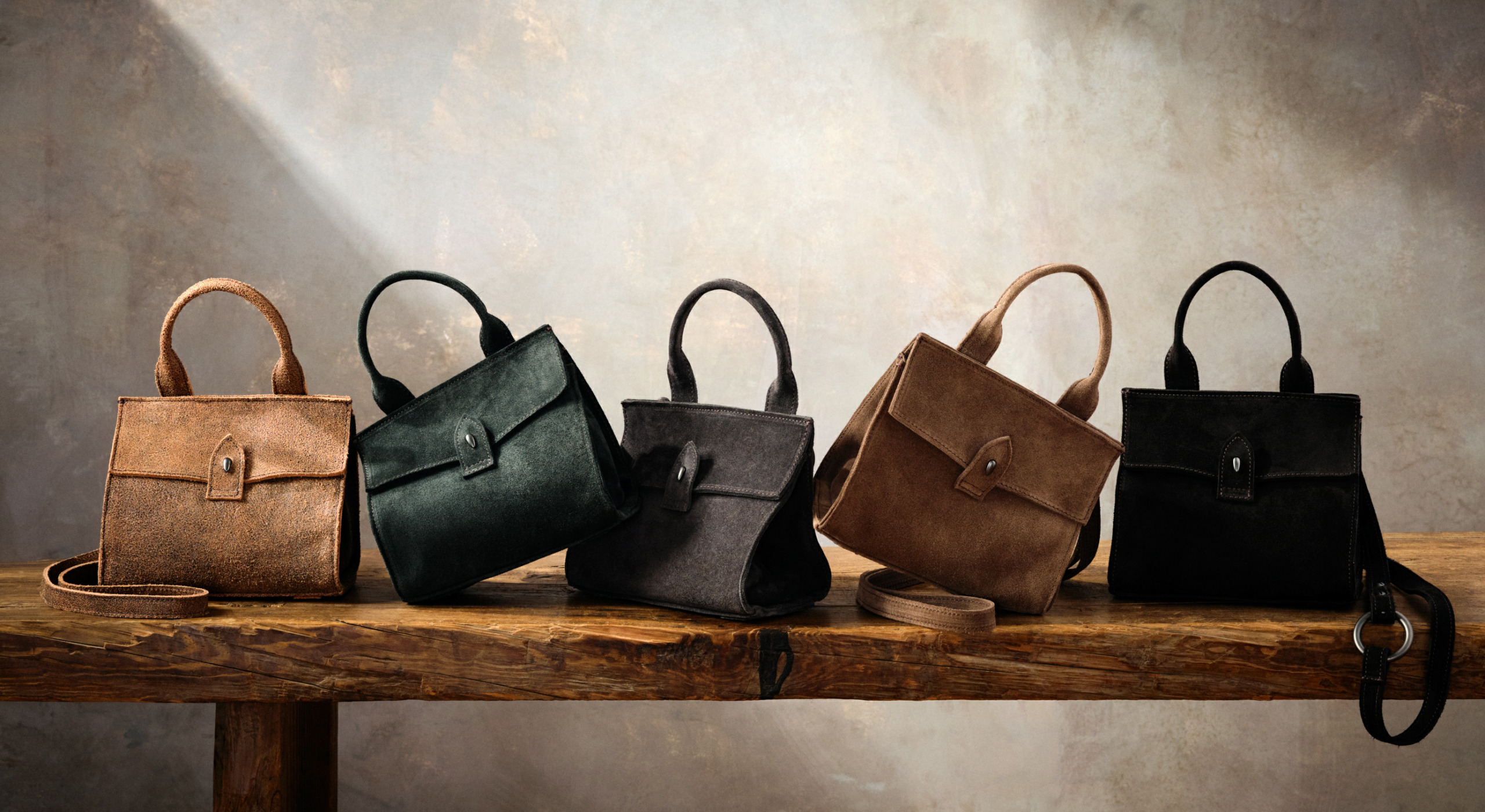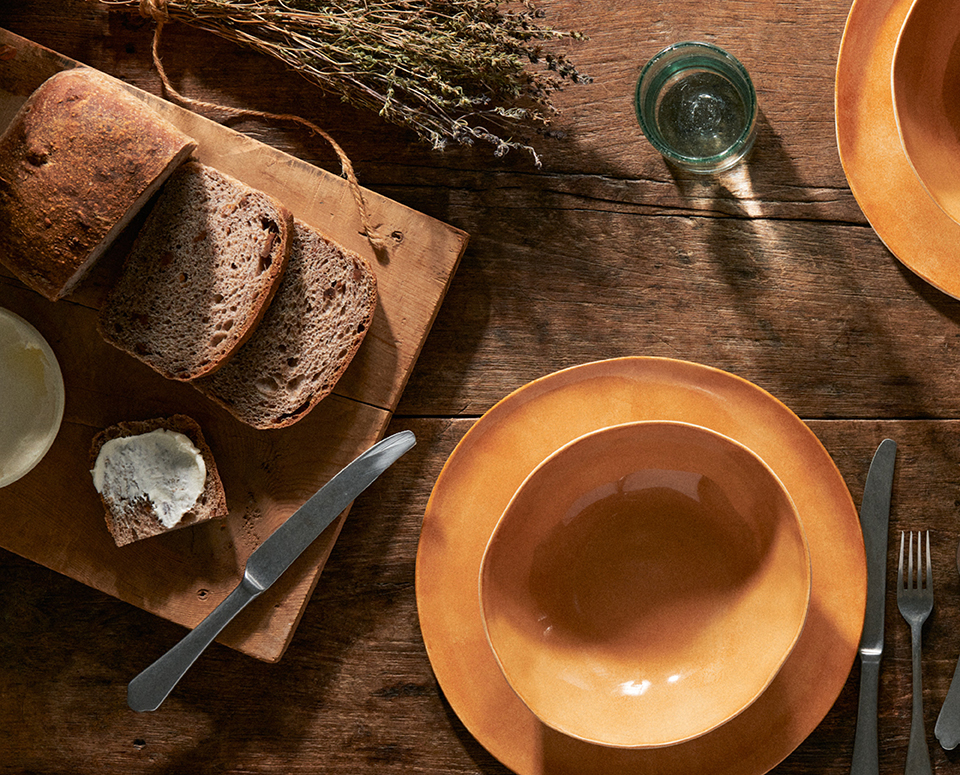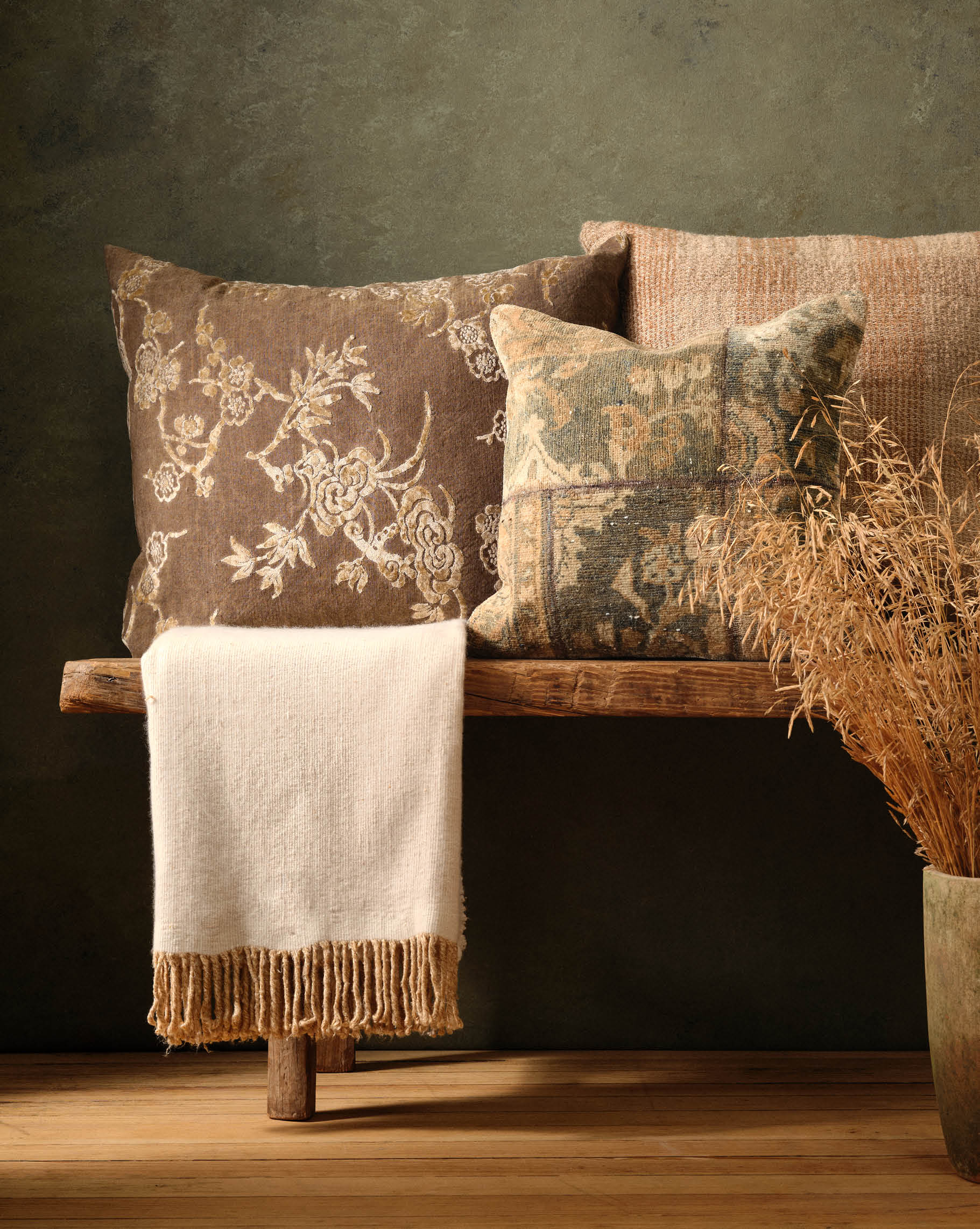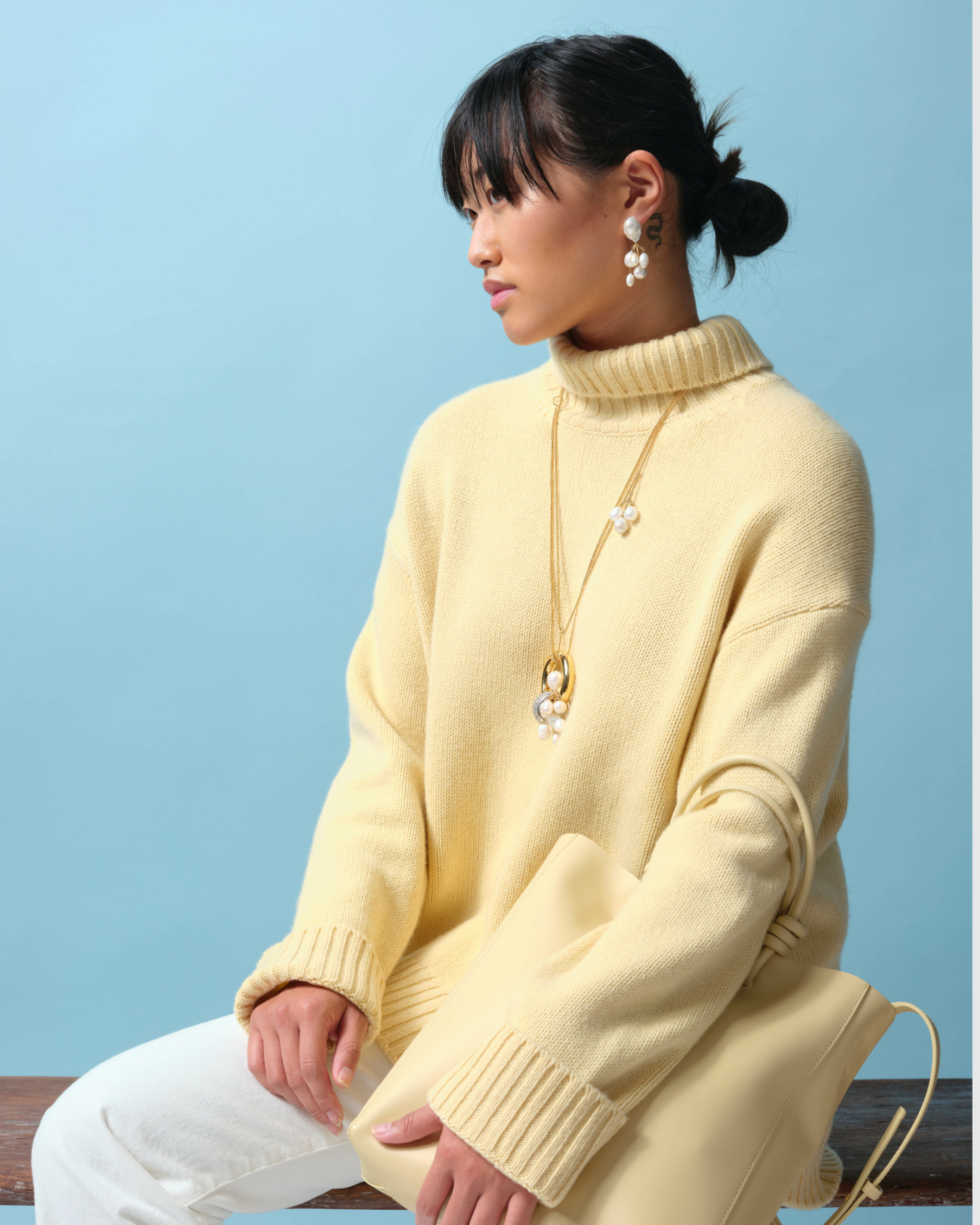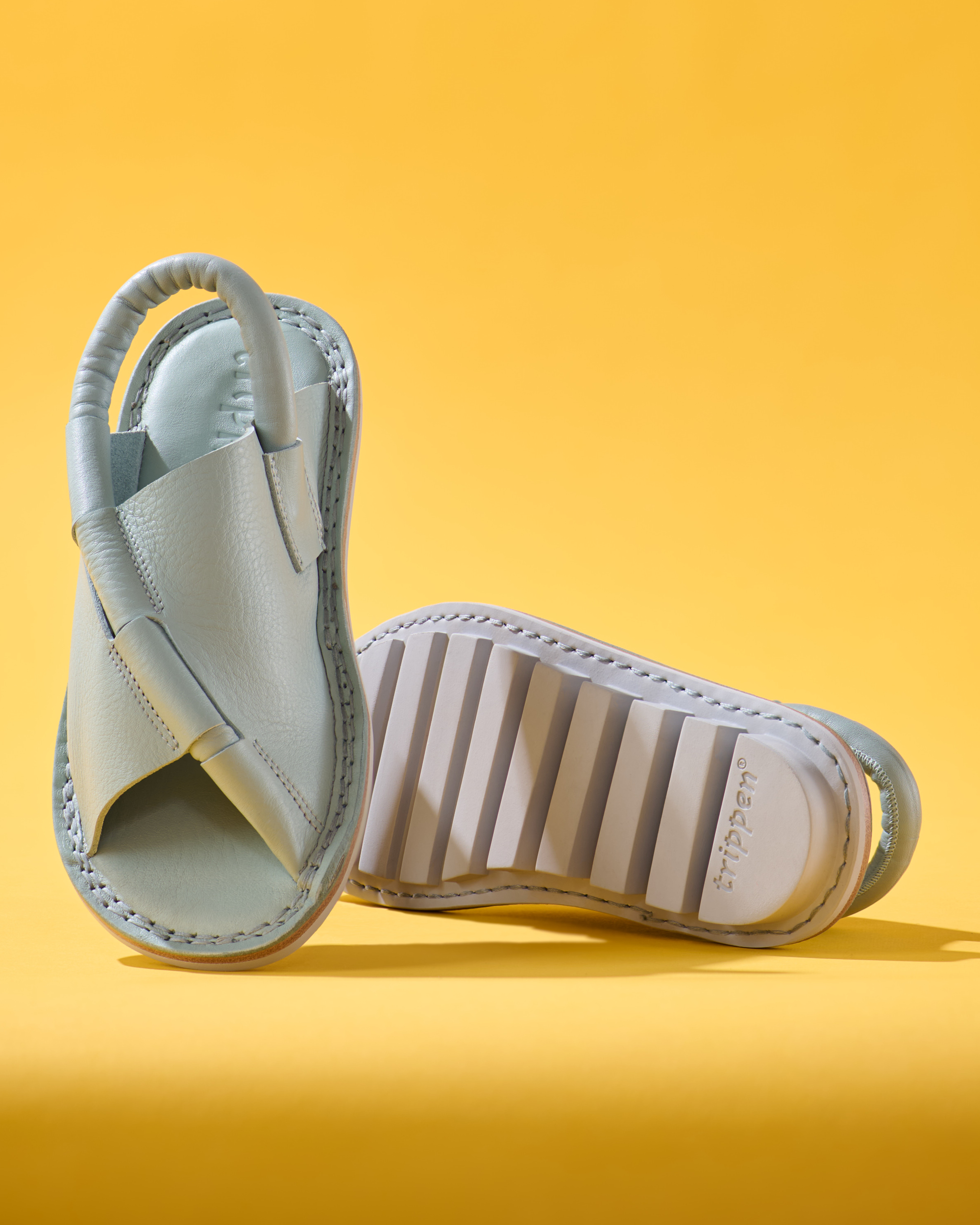An interview with Monica Rusconi of Album di Famiglia regarding life, love and the significance of family in her designs.
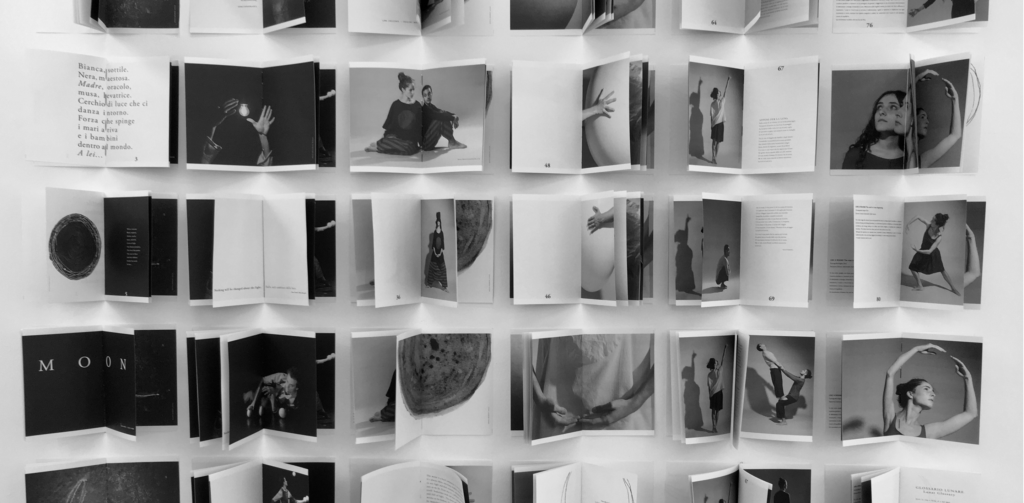
You have dedicated your Spring collection to your mother and her love for the moon. Can you tell us more about that love? How has your mother influenced this collection?
It is a winter evening. And I’m returning from work. My son Pietro, six months old, is at home with my mother. When I arrive, they’re not there. I search all over the house, but I can’t find them. So I go out. The Moon is high in the sky. It is a giant white balloon. And they are there: my mother with my son in her arms, wrapped in a scarf. “We wanted to see the moon,” said my mother.
It is always evening. But this time it’s spring. I’m going to the hospital to see my mother. There is silence in the bedroom. She looks out of the large window. “Look what a beautiful moon!” she says. This is the last sentence I remember from her.
When it is evening, I often look at the Moon. And it is as if she was looking at me too. The Moon, my mother…
What is the significance to the repeated circular pattern featured in this collection?
Kinya Shimizu, Japanese artist and dear friend, represented the Moon for us with different techniques. They are the [featured] circles of the latest collection: full moon, black, waning, crescent. The moon is circular and the circle is a very important figure for me. My life is a continuous search in an attempt to connect all the things I love. Just like a big circle.
Your clothing’s identity is heavily centered around your family- it is even in the name! What is the importance of family in your work?
Family and work are closely linked in my life. They are my life! But I also think that clothes develop a strong family identity.
I am the second of four brothers. And my mother has always taught us to love our clothes, our toys, our books. A dress is not simply a dress. It’s something to take care of. It is something that is handed down from brother to brother, from sister to sister. It is something that lasts over time. This is how a dress creates a passage, a ritual, a bond.
Do you design for any specific person in mind?
When I design my clothes, I design shapes and volumes that I would like to wear myself. But my main goal is always to valorize, and therefore, I try to create clothing that feels good for anyone who wears them.
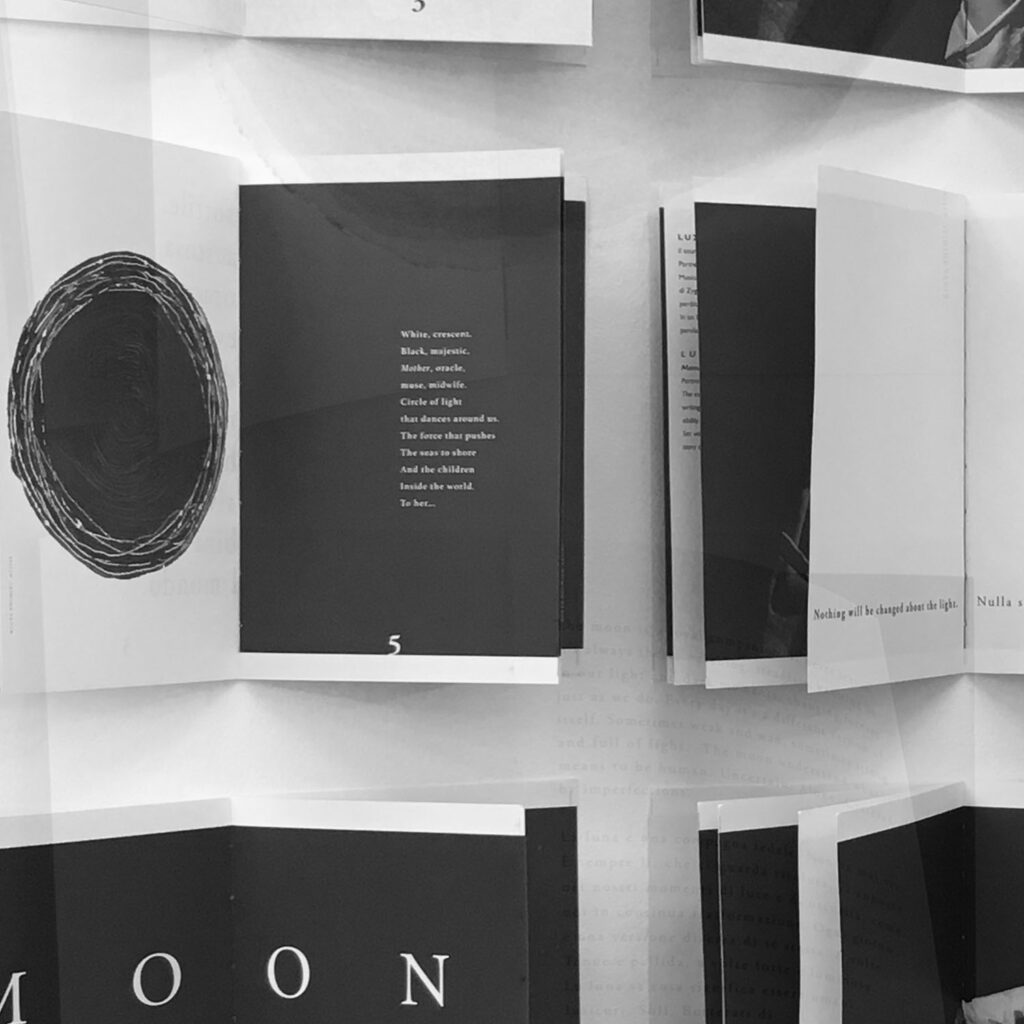
Cotton and Linen are the primary materials you use for creating your clothing. What do you like about working with those fabrics?
Your woven cottons have a very particular papery feel. Can you tell us more about the cotton and how it is woven? Why is this important to you?
Your knitwear also has a specific feel on the skin. How would you describe this and what is your goal with this part of the collection?
I fall in love with fabrics! But when I have to make a choice, the fundamental consideration is always the comfort they must ensure. For the summer, my favorite fabric is a very light canvas with a paper “crunchy” [feel], which allows me to create interesting volumes and shapes. This canvas is made with a thin thread of high-quality American cotton, so many threads have to be used to weave it.
The main fabric of the winter is a recycled material, obtained from [reclaimed] fabrics, which are processed again to get a new regenerated yarn. We have been using this fabric since the beginning, and we have never abandoned it. Above all, I love its sustainability, the softness, warmth, and comfort it guarantees to our garments—a real hug in the cold days of winter.
Your designs often have an understated complexity. What do you find is the most important aspect of the design process?
When I design a new collection, I usually start from a word, from a concept that I want to express at that moment. For me, a dress is not just a dress. It is a message, a thought, a philosophy. Our philosophy. I think Fashion should not be simply the production of clothes, but the creation of culture. So, from a few seasons, I’m also showing the collection through books and performances, with the aim of best conveying the philosophy and culture of Album di Famiglia.
What are some of your favorite shapes or items in the collection?
There are no forms that I prefer and seek more than others. I love geometry itself. Its cleanliness, simplicity, and rigorousness. This is why I like to call myself a designer rather than a stylist: in fact, I study my garments as if they were design objects, where aesthetics and functionality meet.
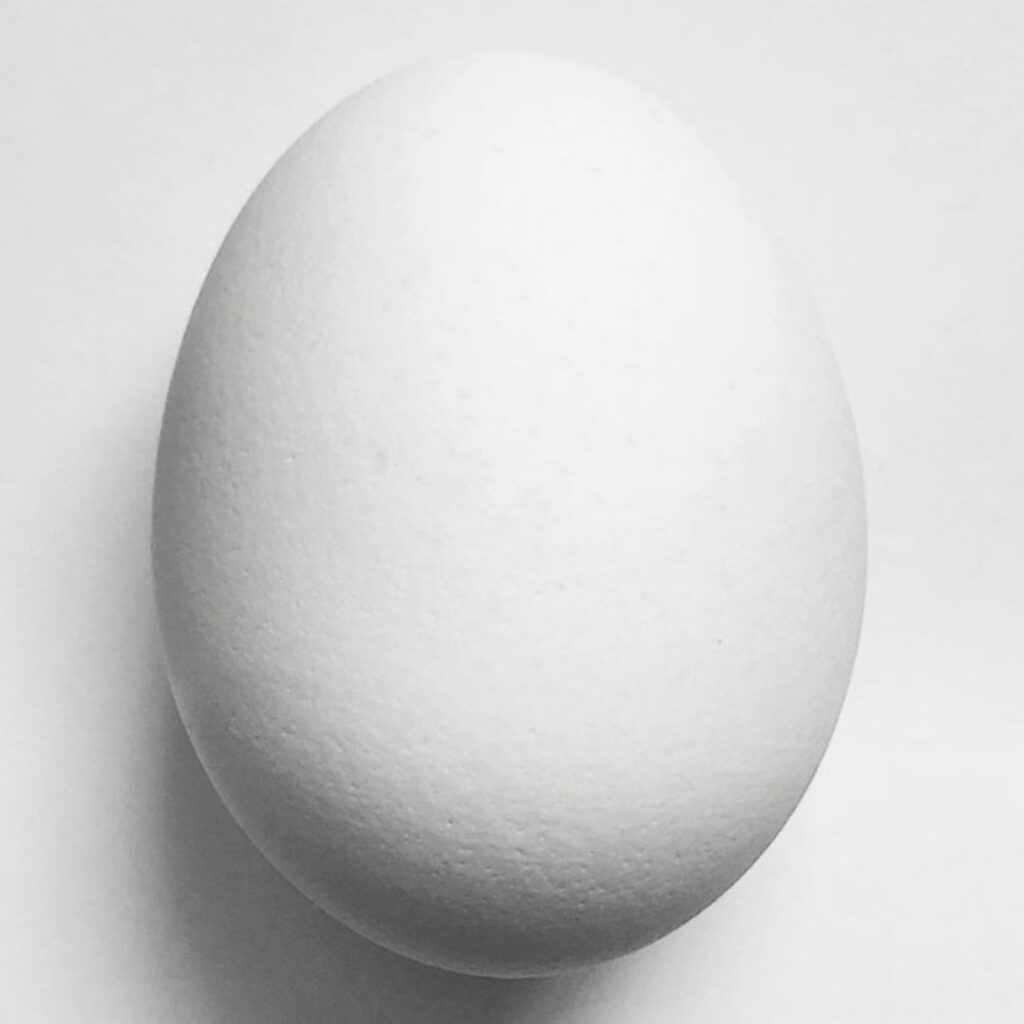
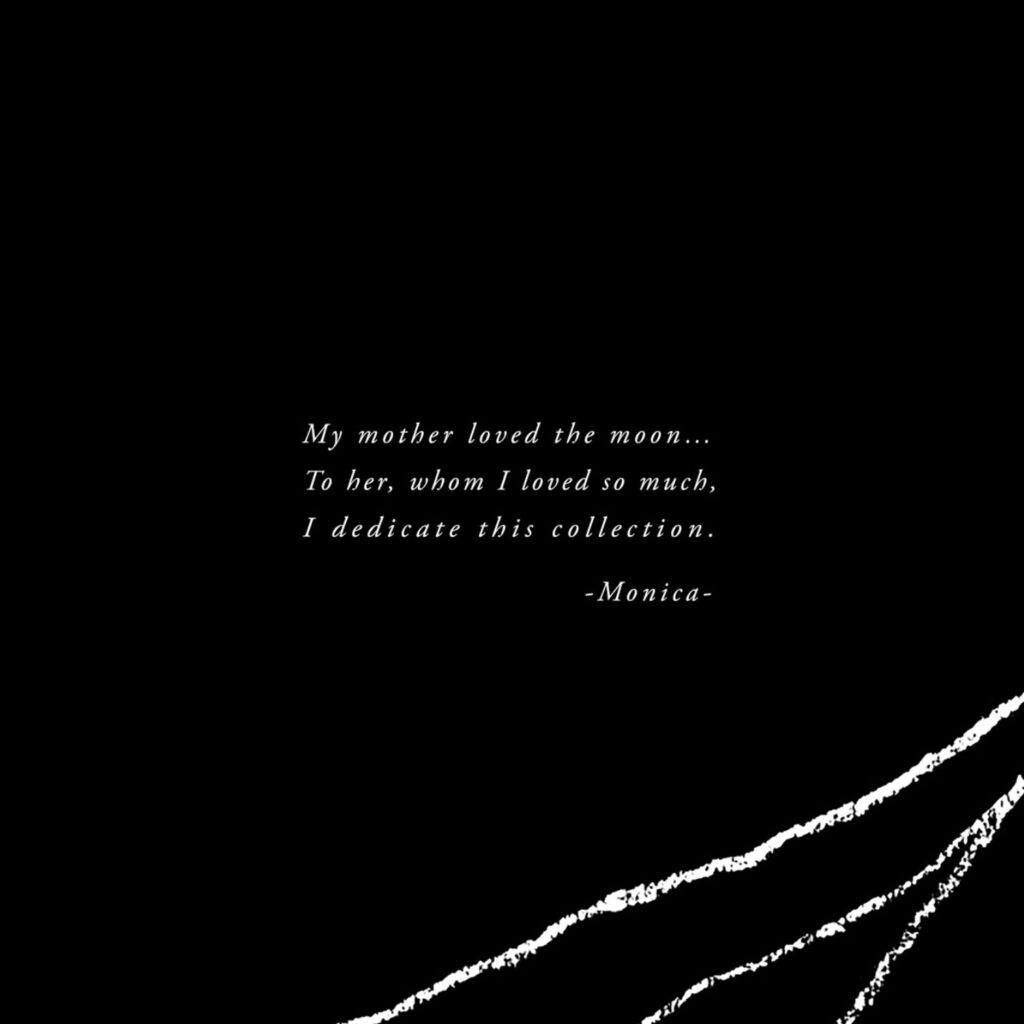
Our thoughts have been with you and all our designers in Italy for the past several months. What has it been like to live and work there during this time?
I am an introverted person. So, I haven’t suffered from these months of lockdown. The most difficult thing was to work, knowing that there was a lot of suffering, fear, and uncertainty in the world. To the sadness, I reacted by looking for new solutions and new ideas to continue doing what I love, aware that clothes are not a primary necessity, but also aware that Album di Famiglia gives work to many people every day. And work is a fundamental necessity.
What will change in the design of clothing in the world as it is now?
What is your dream for design in the future?
I think recent events offer us a real opportunity to query ourselves, to see our errors, to change, to evolve. I dream for pure and essential design, and recovering the rhythm of the seasons.
In my search for simple, sober, and qualitative clothing, I will put a more significant commitment to ethical and sustainable projects. Even if we never throw anything away and, we always try to enhance the value of what we have. Examples are the “Simply, clothes” of our e-shop and the new [Up]cycled collection project, that we are showing soon!
What would you like others to know about Album di Famiglia?
This year ADF turns 20 … but the ADF story begins a long time ago, from my dolls’ clothes, which I still keep and one day I would like to show you!
Why do you think the collection is so successful for Workshop clients who live and visit Santa Fe?
I like to think that Workshop clients are people who share our philosophy and values, despite the geographical distance that separates Italy and New Mexico. People who appreciate the simplicity, quality, and comfort of our shapes and materials. Free-thinking people, who shy away from fashion homologa
